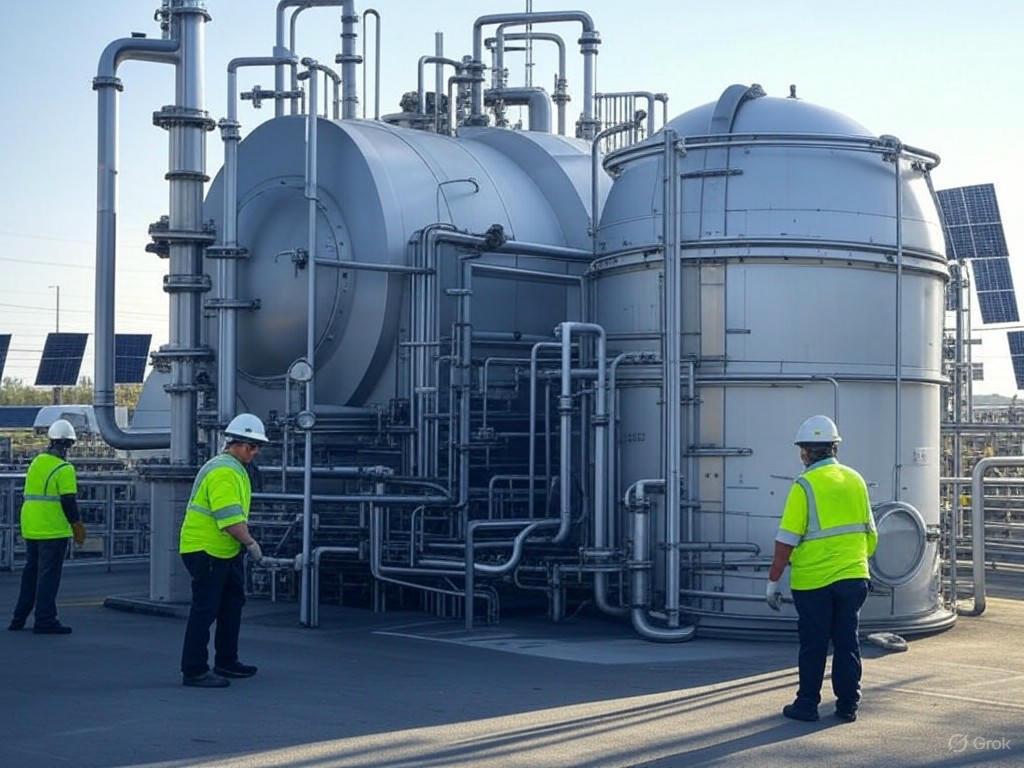Steel production is a significant contributor to global carbon emissions. The industry typically relies on coal-based blast furnaces, responsible for nearly 9% of anthropogenic CO2 emissions worldwide. Addressing this, Boston Metal—an innovative company spun off from MIT—has pioneered a method using Molten Oxide Electrolysis (MOE) to revolutionize how steel is made without producing harmful emissions.
Traditionally, steel is made by heating iron ore with coke, a process that emits large amounts of carbon dioxide. In contrast, MOE uses electricity to separate the iron from the ore. This method avoids using carbon, thereby only producing oxygen as a byproduct. If this electricity comes from renewable sources, it could drastically reduce the carbon footprint associated with steel production[1].
Boston Metal's recent achievements demonstrate that large-scale MOE is not just a laboratory theory but a commercial reality. At their Massachusetts facility, they've successfully run their largest reactor to produce over a ton of steel, signaling their ability to scale up production. This step forward came after refining MOE from a concept into a practical process capable of operating at industrial scales. The key advancement lies in the reactor's ability to handle molten metal at high temperatures while efficiently using renewable electricity[2].
The promise of MOE extends beyond just cutting emissions. It offers the potential for financial savings and increased flexibility. Unlike conventional methods requiring massive, singular facilities, Boston Metal's process can be modular—and this modularity means steelmakers could deploy smaller, more adaptable units that match market demands. This adaptability is crucial as the steel industry transitions away from dependence on fossil fuels[3].
This MOE innovation exemplifies how technological advancements can drive sustainable industrial practices. It paves the way for cleaner steel production protocols globally, underpinning the broader goal of decarbonizing one of the planet's most essential materials. The journey, while promising, is just beginning—but Boston Metal's achievements illuminate a path that other industries can follow.
References
1. MIT Technology Review - Green Steel Boston Metal
2. Interesting Engineering - Green Steel Produced Without CO2 Emissions








